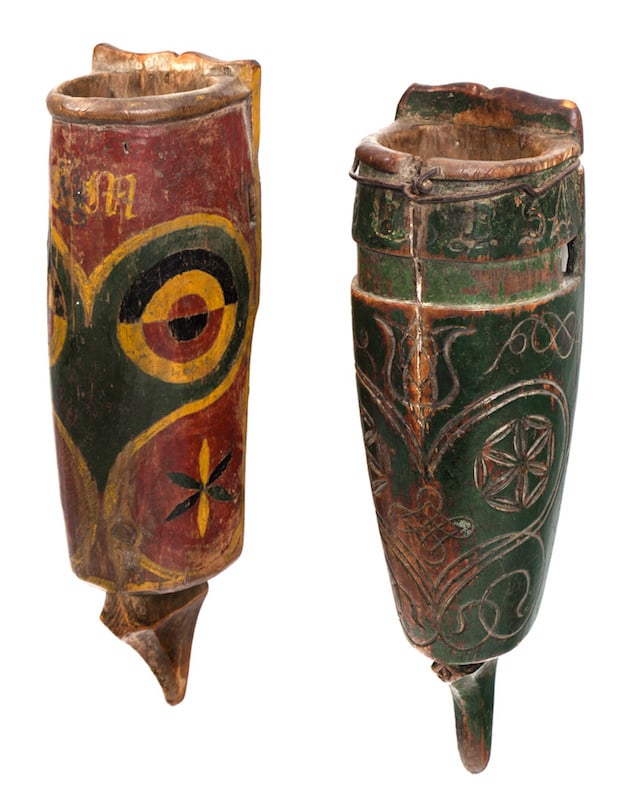On View
Folk Art, Our Lost Modernism
THE DAILY PIC: At the New York Historical Society, "naive" art for sophisticates

THE DAILY PIC: At the New York Historical Society, "naive" art for sophisticates

Blake Gopnik

THE DAILY PIC (#1577): If there’s one strand in the early history of modern art that’s been more neglected than others, it’s the one that involved folk and outsider art. Almost all the great modern artists cared about works by the untrained, and great American museums of the earlier 20th century once placed bets on such pieces – early-on, they got huge play at the Whitney MoMA, and in the Carnegie’s annual surveys.
The sculptor Elie Nadelman, once a giant among modernists – Picasso was a fan – helped launch “naïve” work onto the art-world stage in the 1920s, as is now being demonstrated in some detail in “The Folk Art Collection of Elie and Viola Nadelman” at the New York Historical Society. Back in 1937, hard times had forced the Nadelmans to close the pioneering museum they’d founded a decade before, and the NYHS bought a big chunk of its landmark collection.
Today’s Daily Pic shows one genre of object that the pair collected: Whetstone holders, which were a kind of wooden holster used to keep sharpening stones damp between uses. I’m struck by the resemblance between the decoration on these early-19th century objects and some details on Marsden Hartley’s great officer portraits from the First World War – which may very well have predated any exposure Hartley would have had to Nadelman-style objects.
This brings up a vital issue: When an artist finds inspiration in an object from outside the art world, is it that object that’s doing the cultural work, or does the artist have to already be fully primed to admire it? In other words, did folk art help modernism come about, or did new, modern tastes first make it possible for artisanal objects to look like art.
For a full survey of past Daily Pics visit blakegopnik.com/archive.